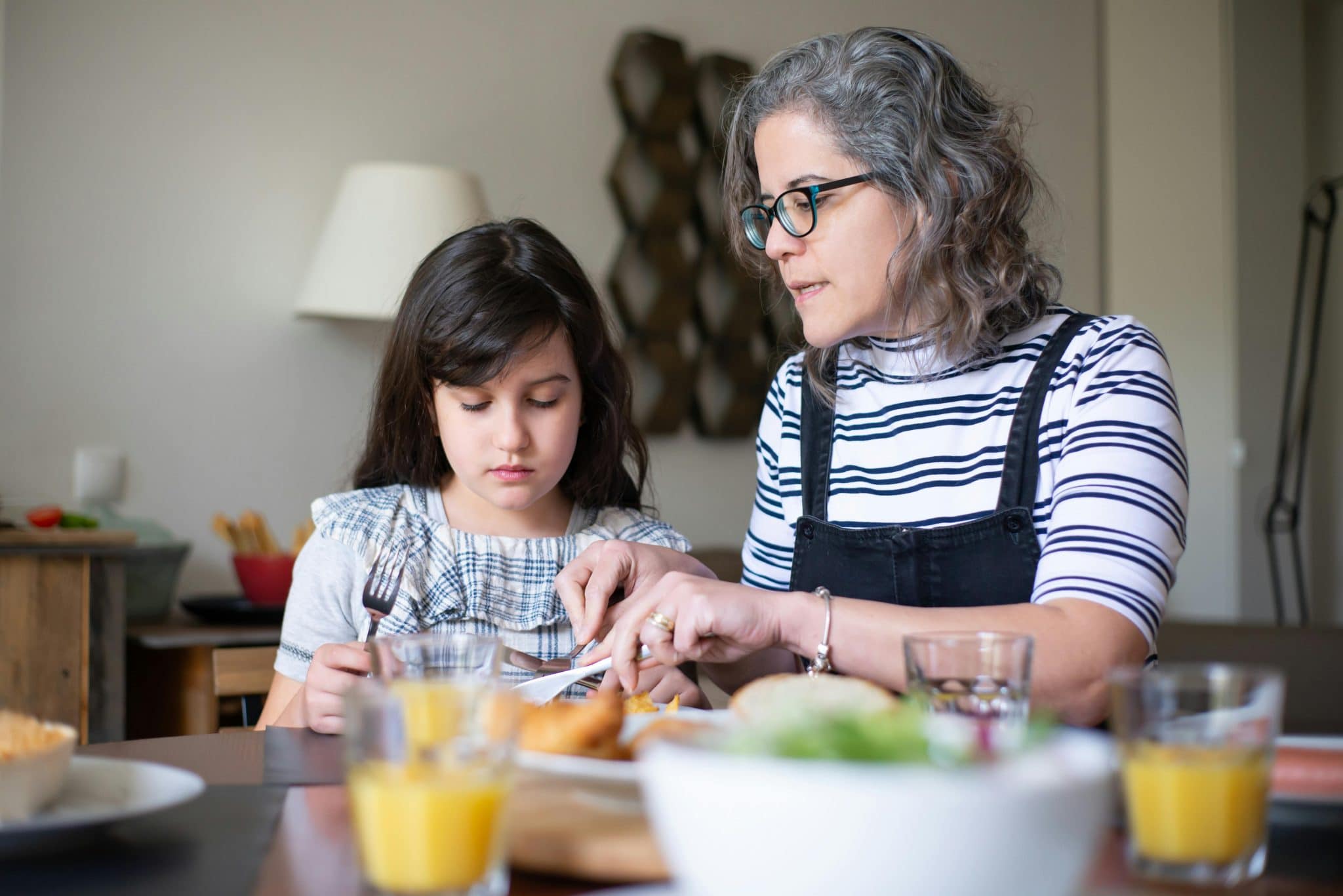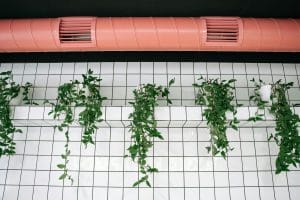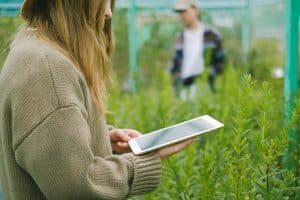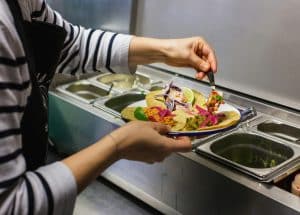Food Waste Reduction Apps: Technology Helping Minimize Kitchen Waste
In today’s fast-paced world, where convenience often takes precedence over sustainability, food waste has become a major concern. The Food and Agriculture Organization of the United Nations estimated that approximately 1.3 billion tonnes of food are wasted every year. This not only has negative impacts on the environment but also on our economy and society. Fortunately, with the rise of technology, innovative solutions to minimize food waste have emerged, and one of them is through food waste reduction apps. These apps are designed to help individuals and businesses reduce food waste in their daily lives, especially in the kitchen. Let’s take a closer look at how technology is playing a crucial role in minimizing kitchen waste through these apps.
The Impact of Food Waste on the Environment
Food waste has a significant impact on our environment, from contributing to greenhouse gas emissions to excessive water usage. When food waste ends up in landfills, it decomposes and produces methane gas, a potent greenhouse gas that contributes to climate change. It is estimated that food waste accounts for about 6-8% of all global greenhouse gas emissions. Additionally, producing and transporting food that ultimately goes to waste also leads to the unnecessary consumption of resources such as water, energy, and land. By minimizing food waste, we can significantly reduce our carbon footprint and conserve our natural resources.
The Role of Technology in Reducing Food Waste
Tracking and Managing Food Inventory
One of the main reasons for food waste is the inability to track and manage food inventory effectively. This is where technology comes in handy. Many food waste reduction apps offer features that allow users to track and manage their food inventory. These apps use barcode scanning or manual input to keep track of what’s in your fridge and pantry. They also send notifications when food is about to expire or when you have food that you haven’t used in a while, ensuring that no food goes to waste.
Meal Planning and Recipe Suggestions
Meal planning is another essential aspect of reducing food waste. Not knowing what to cook with the ingredients you have on hand can result in you throwing out perfectly good food. Food waste reduction apps can help with that too. These apps offer recipe suggestions based on the ingredients you have, making meal planning and cooking easier and more efficient. They also allow users to create shopping lists, ensuring that they buy only what they need, reducing the chances of overbuying and food going to waste.
Donation and Composting Options
Some food waste reduction apps offer options for users to donate their excess food to those in need. Instead of throwing away surplus food, users can connect with local charities or food banks through the app. Additionally, some apps also offer composting options for food scraps, turning them into valuable soil fertilizer. This not only reduces food waste but also helps users contribute to a more sustainable cycle of food production.
Community Building and Education
Apart from helping individuals reduce their food waste, some apps also focus on building a community of like-minded individuals. These apps offer forums, recipes, and tips for reducing food waste, encouraging users to share their experiences and learn from others. This sense of community and education plays a significant role in raising awareness about food waste and its impact on the environment.
Examples of Food Waste Reduction Apps
There are various food waste reduction apps available in the market today, each offering unique features and benefits. Some popular examples include:
Too Good To Go
This app connects users with restaurants, cafes, and grocery stores that have surplus food at the end of the day, offering it at a discounted price to prevent it from going to waste.
OLIO
OLIO connects individuals with neighbors and local shops to share surplus food, preventing it from going to waste.
Waste No Food
This app offers features such as food inventory tracking, meal planning, recipe suggestion, donation options, and community forums to help individuals in reducing food waste in their daily lives.
Conclusion
In conclusion, food waste reduction apps play a significant role in minimizing kitchen waste and creating a more sustainable food system. From tracking and managing food inventory to providing donation and composting options, these apps offer solutions that help individuals and businesses cut down on food waste. With technology continuously advancing, we can expect to see more innovative solutions to minimize food waste and contribute to a greener, more sustainable future.










